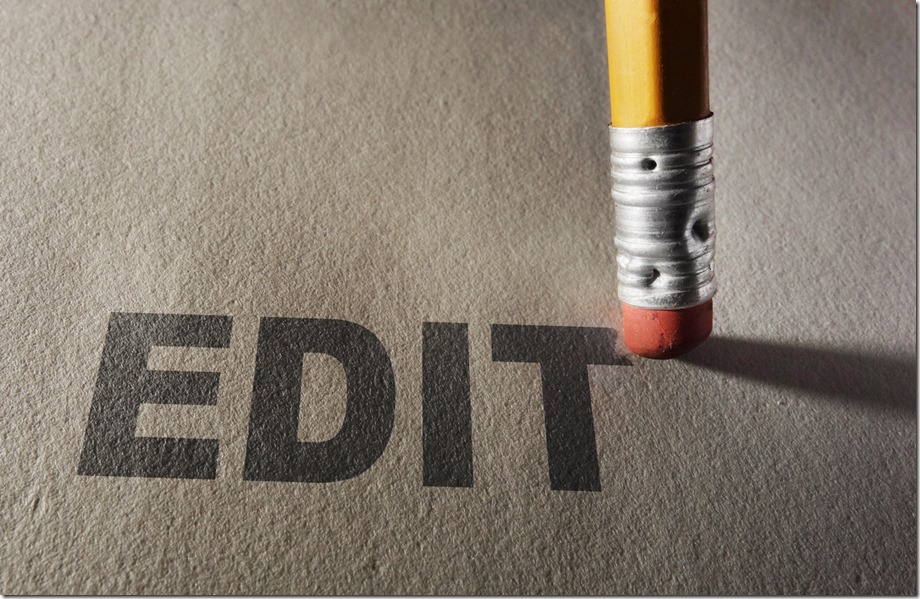How To Practice For Your Presentations (Part One)
Speakers occasionally tell me that they’re best when speaking “off the cuff,” by which they mean without practice. They believe that rehearsing robs them of their spontaneity and that their instincts will guide them once they get in front of an audience.
That’s almost always a mistake. Practice sessions inevitably reveal soft spots — listless anecdotes, awkward transitions, distracting visuals, and myriad other things. Without practice, those trouble spots often can’t be spotted in advance — and the off-the-cuff speaker ends up committing several errors that otherwise could have been avoided.
Still, off-the-cuff presenters have a point about the importance of striking the right balance between practice — which allows them to get comfortable with their presentation flow and work out any kinks — and over-practice, which can make them come across as stilted and excessively rehearsed.
Grammy Award-winning cellist Yo-Yo Ma once offered a simple formula to strike a healthy middle ground: “Practicing is about quality, not quantity.” In that spirit, the following tips will help you optimize your speech practice but save you precious time.
1. Begin With “Chunks,” Not Full Run-Throughs
Beginning with full run-throughs makes it challenging to focus carefully on any single section and can, after a few takes, make your practice feel redundant and unnecessarily long.
Instead, divide your presentation into “chunks,” or sections, as in the following example:
- Chunk One: Open and Transition to Point One
- Chunk Two: Point One and Transition to Point Two
- Chunk Three: Point Two and Transition to Point Three
- Chunk Four: Point Three and Transition to Close
- Chunk Five: Close and Transition to Q&A
Practice one chunk at a time, always speaking it out loud. If anything feels like it’s dragging, consider cutting it altogether or supplementing it with more compelling detail. When you feel comfortable with each chunk’s organizational flow and your delivery, move onto the next one.
Importantly, notice that each of the five chunks above includes the transition to the next section. Many speakers are strong when discussing the main point but stumble during the transition to the next one — so practice both together.
Run a stopwatch on each chunk, which will allow you to get a rough total running time. If you’re running heavy, you can make any necessary cuts before doing a full run-through; if you’re light, you can add relevant supporting material as needed.
Once you’re satisfied with each chunk and you’ve worked out the timing, you’re ready for a full run-through (or several). If you make mistakes during your run-through, remain in character — knowing how to recover from and work your way through them is an important skill. (Of course, you should make a mental note of your mistakes so you can fix them afterward.)
Finally, time the full run-through, keeping in mind that presentations often run a bit longer in front of a real audience than during a practice talk.
When you reach that magical moment of completing a strong practice run —and assuming you have at least a few days before your presentation date, put your talk away. Distance from it often helps. As Jerry Weissman points out in Presenting to Win: The Art of Telling Your Story, “Presenters who recognize the value of spaced learning report that when they revisit their presentation or speech after a brief interval away from it, they can quickly see half a dozen ways to improve it.”
CLICK HERE TO READ PART TWO OF THIS POST, WHICH CONTAINS THREE ADDITIONAL TIPS.





Brad,
What would Malcolm Gladwell, of 10,000 hours fame, think of Yo-Yo Ma’s remark about practice?
Hi Jonathan,
Malcolm Gladwell’s 10,000-hour rule has come under heavy criticism; here’s one such example: http://www.businessinsider.com/new-study-destroys-malcolm-gladwells-10000-rule-2014-7.
The conclusion from that study squares with my experience — that practice is about the right balance of quantity and quality, not quantity itself.
Thank you, as always, for reading!
Brad